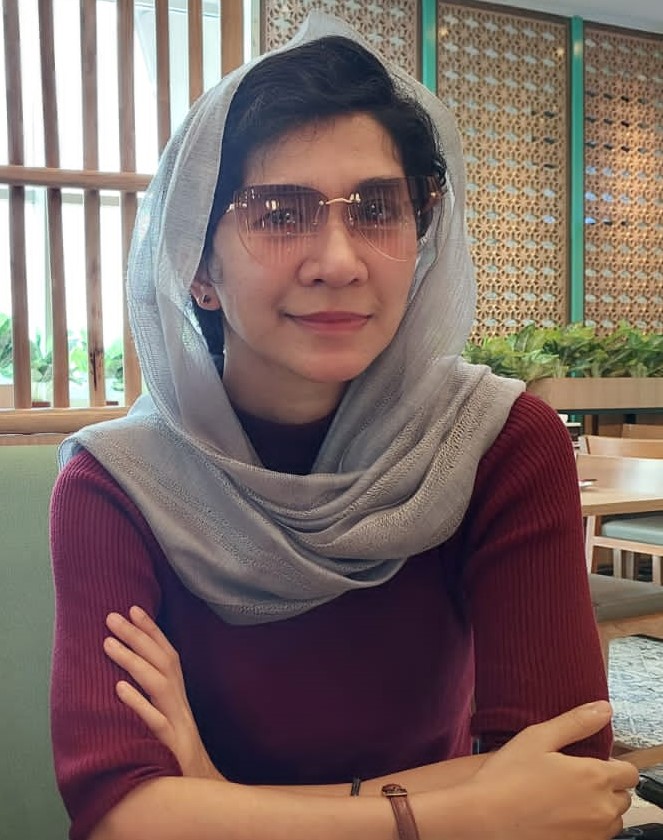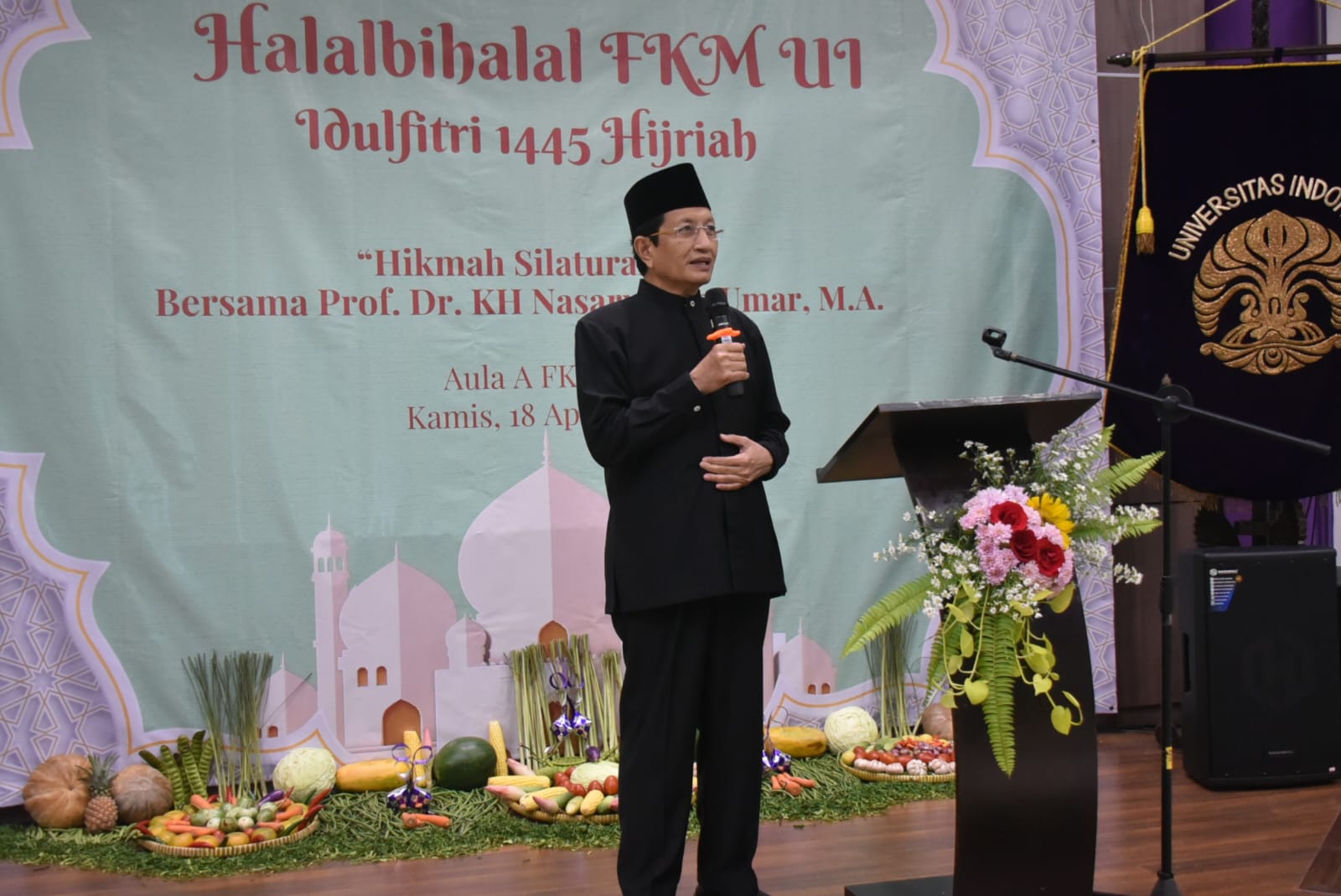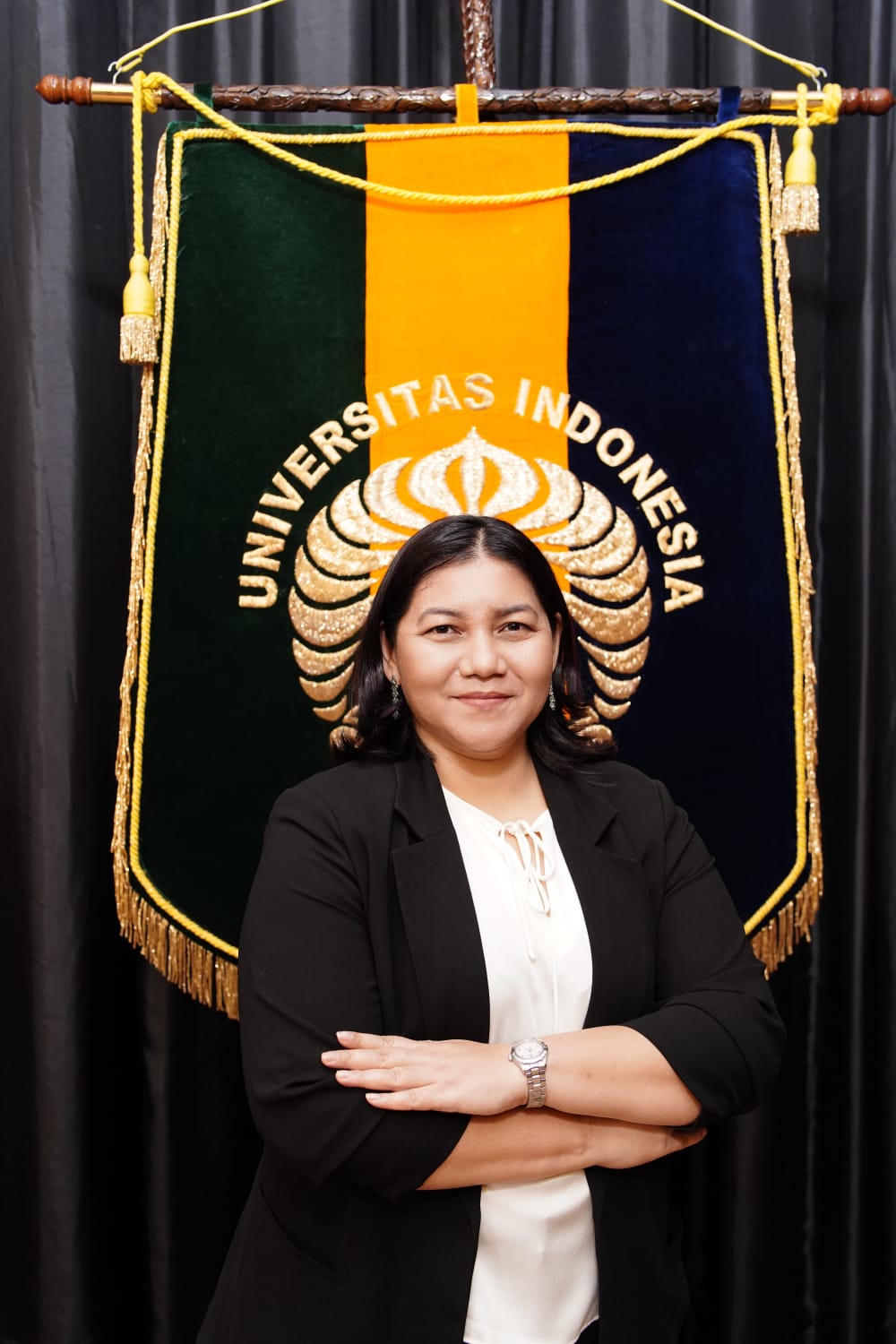
In achieving the Sustainable Development Goals (SDGs), Indonesia has a big challenge: funding. Needs projection
The financing for achieving the SDGs in Indonesia is estimated to be around IDR 7,700-10,400 trillion, most of which is used to fund infrastructure, health, and education projects. However, the Indonesian government is projected to cover only 60% of the total financing needs.
“Entering decades of actions, of course, collaborative cooperation efforts between the government and actors supporting the achievement of SDGs, including the philanthropic sector, are important to be encouraged,” said Gusman Yahya, Executive Director of the Indonesian Philanthropy Association in a webinar on the dissemination of the study results of the Institute for Economic and Social Research (Lembaga Penyelidikan Ekonomi dan Masyarakat, LPEM), Faculty of Economics and Business, Universitas Indonesia (FEB UI) together with the Indonesian Philanthropy Association, on Tuesday (30/08).
Furthermore, Gusman said that philanthropic sector funding in Indonesia has considerable potential, one of which is zakat. With a potential of more than IDR 327 trillion, zakat can be channeled to finance SDGs.

On the same occasion, the Head of the Environmental Economics Study Group of LPEM FEB UI, Dr. Alin Halimatussadiah, explained the results of her study, that from the involvement of LPEM FEB UI
in T20 Indonesia, especially in Task Force 9 which raised the theme “Global Cooperation for SDGs Financing”. This paper generally analyzes the current SDGs landscape and the challenges of philanthropic participation in SDGs financing. Based on the Indonesian Philanthropy Outlook (2022), there is an increasing trend of philanthropic financing for SDGs in Indonesia. The SDGs that receive the most philanthropic funding are SDG 8 (economic growth), followed by SDG 3 (health) and SDG 4 (education).
“However, there are still many challenges faced to optimize the role of philanthropy. For example, from the internal capacity of philanthropy itself, then also how to find local partners, and also matchmaking issues,” Alin said.
In addition, Alin emphasized the need for leaders or focal points who act as planners and investment/information hubs, as well as strengthening the monitoring and evaluation (M&E) process in achieving the success of SDGs collaborative actions. In particular, she
explained that philanthropy plays an important role in the issue of financing, implementation, and monitoring and evaluation of collective action in achieving SDGs. To encourage the role of philanthropy in SDGs funding, Alin put forward six action plans, namely establishing a stakeholder forum, raising SDGs awareness, creating a philanthropy database, developing an impact measurement mechanism, utilizing digital financial solutions, and strengthening related regulations.
In terms of innovative financing instruments for philanthropy, Alin further shared various examples of potential innovative financing instruments for philanthropy which include viability gap funds, seed funds, results-based financing, revolving funds, social impact bonds, and social impact guarantees.
“On the other hand, it is also necessary to consider how incentives can further encourage the mobilization of this philanthropic financing. There are currently two incentive regulations in place. There is PP No. 93/2010 as well as PMK No. 90/2020 and No. 128/2019,” Alin said.

The webinar, entitled “Increasing the Role of Philanthropy in Financing SDGs”, was followed by a response session filled by the Head of the SDGs National Secretariat, Ministry of National Development Planning of the Republic of Indonesia/National Development Planning Agency, Vivi Yulaswati; Associate Analyst at the State Budget Policy Center, Fiscal Policy Agency, Widodo Ramadyanto; and Director of the Tahija Foundation, Trihadi Saptoadi.
In her presentation, Vivi mentioned four main challenges in mobilizing SDGs financing by philanthropy, namely the lack of effective coordination between philanthropists and other sources of funds, the lack of synergy between the allocation of funding sources for religious activities and social services with long-term programs, the lack of an integrated framework for donations and long-term investments, and the lack of optimal governance and transparency in the use of resources.
“Some of the key steps that we think complement what Mrs. Alin has said are building intentions to have an impact, then using empirical evidence which of course is accompanied by improved data and analysis of its impact, then measuring and managing performance including the quality of its resources, and of course contributing significantly to the financing gap, especially for SDGs financing sourced from philanthropy,” said Vivi.
Meanwhile, in a note on the results of the LPEM FEB UI study, Widodo said that the most feasible innovative financial instrument for philanthropy to support SDGs is the viability gap fund (VGF), where philanthropic grants can be used as a source of VGF funds for Government and Business Entity Cooperation projects.
“We urgently need the private sector, including philanthropy, to participate in infrastructure development for a faster and stronger economic recovery,” Widodo said. He also emphasized that supported projects should be prioritized based on the magnitude of positive social and economic impacts. Then related to the revolving fund, Widodo recommends that the revolving fund also be reserved for profitable activities so that the funding scheme can be financially sustainable.
In addition, Trihadi also pointed out that philanthropy usually operates in three major areas, namely humanitarian, poverty alleviation, and advocacy. “Humanitarian, when linked to conflict and disaster, will often attract the market quickly. So, if there is a disaster like a tsunami, suddenly a lot of money is collected. This means that philanthropy is often driven by donors or supporters,” says Trihadi.



